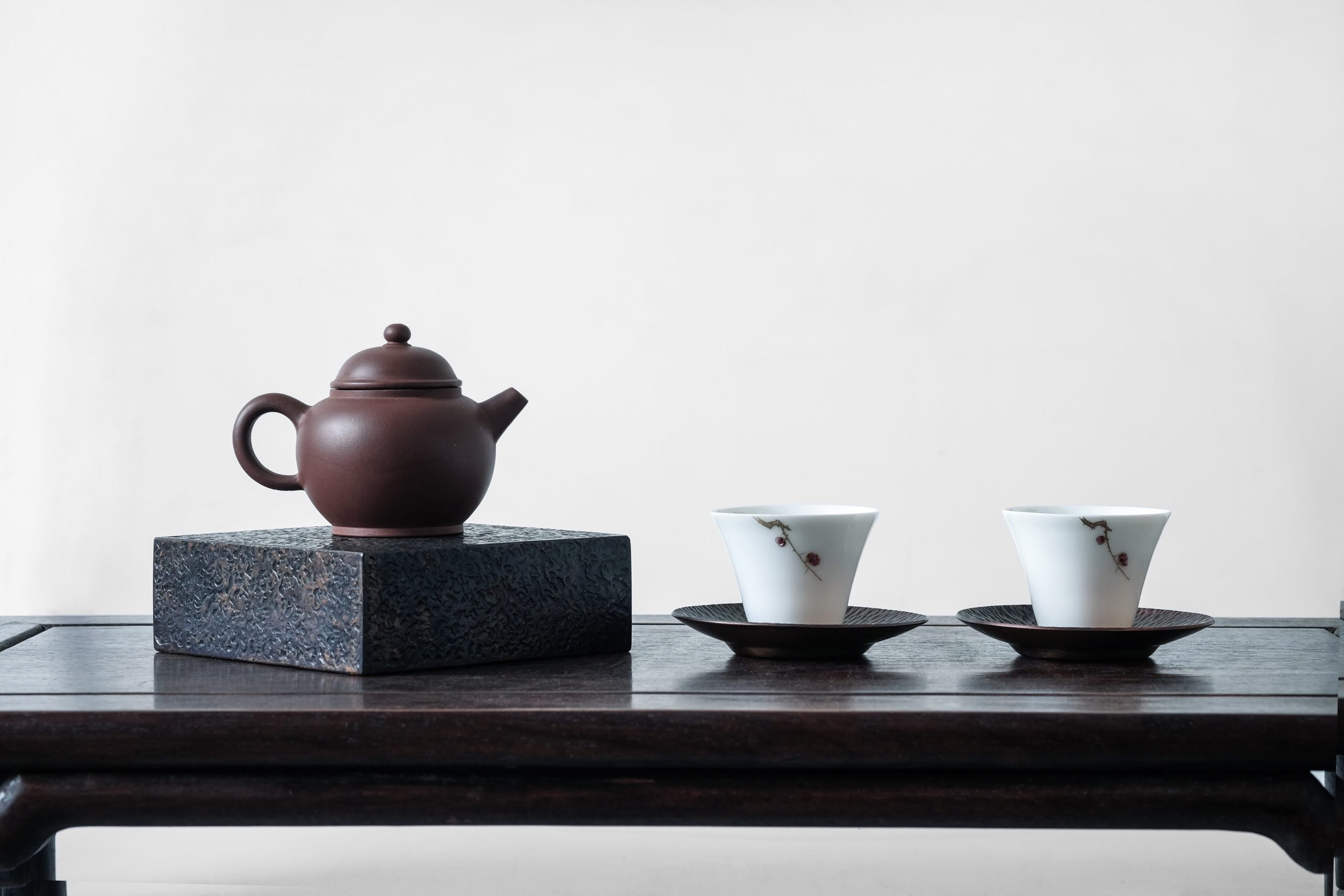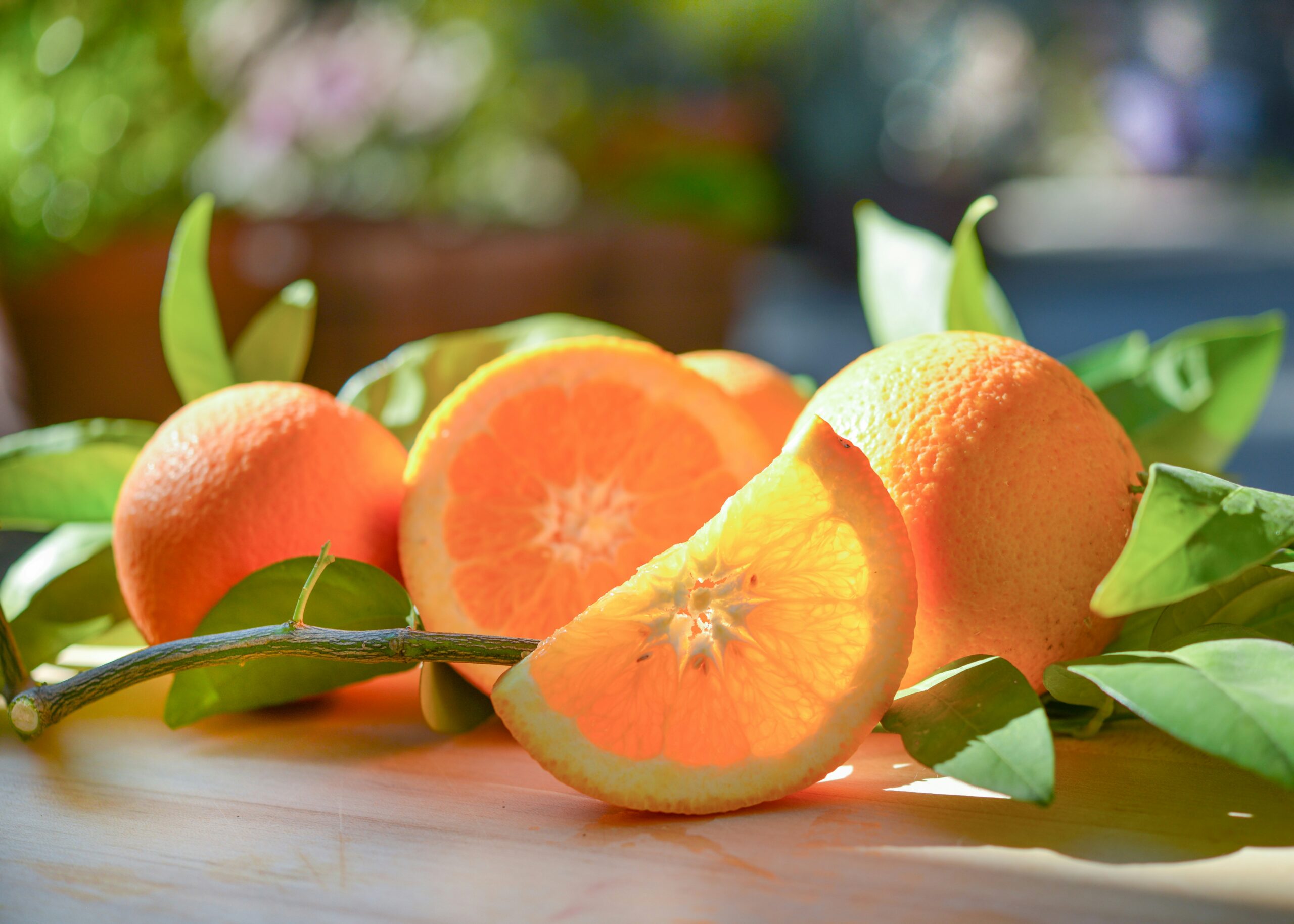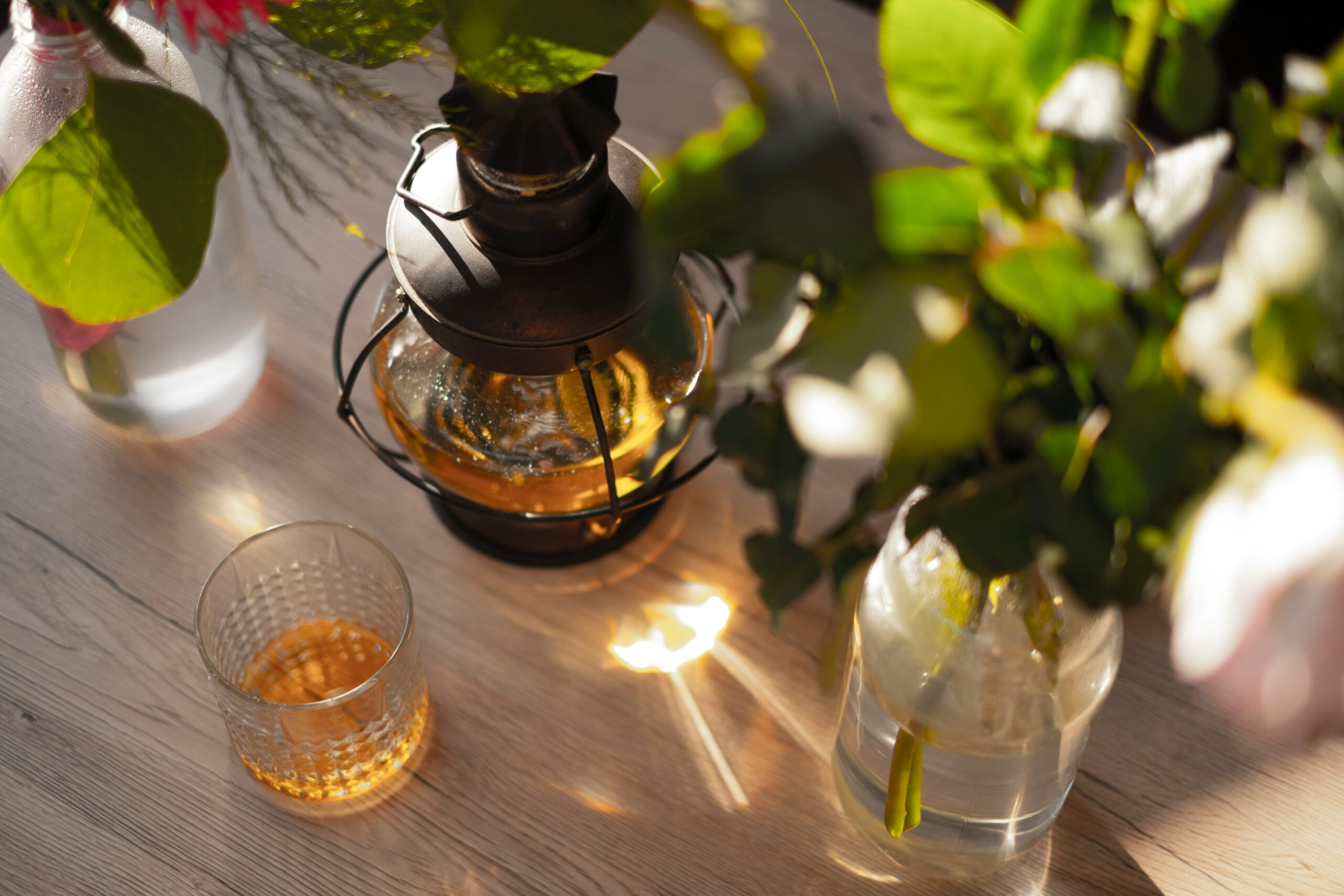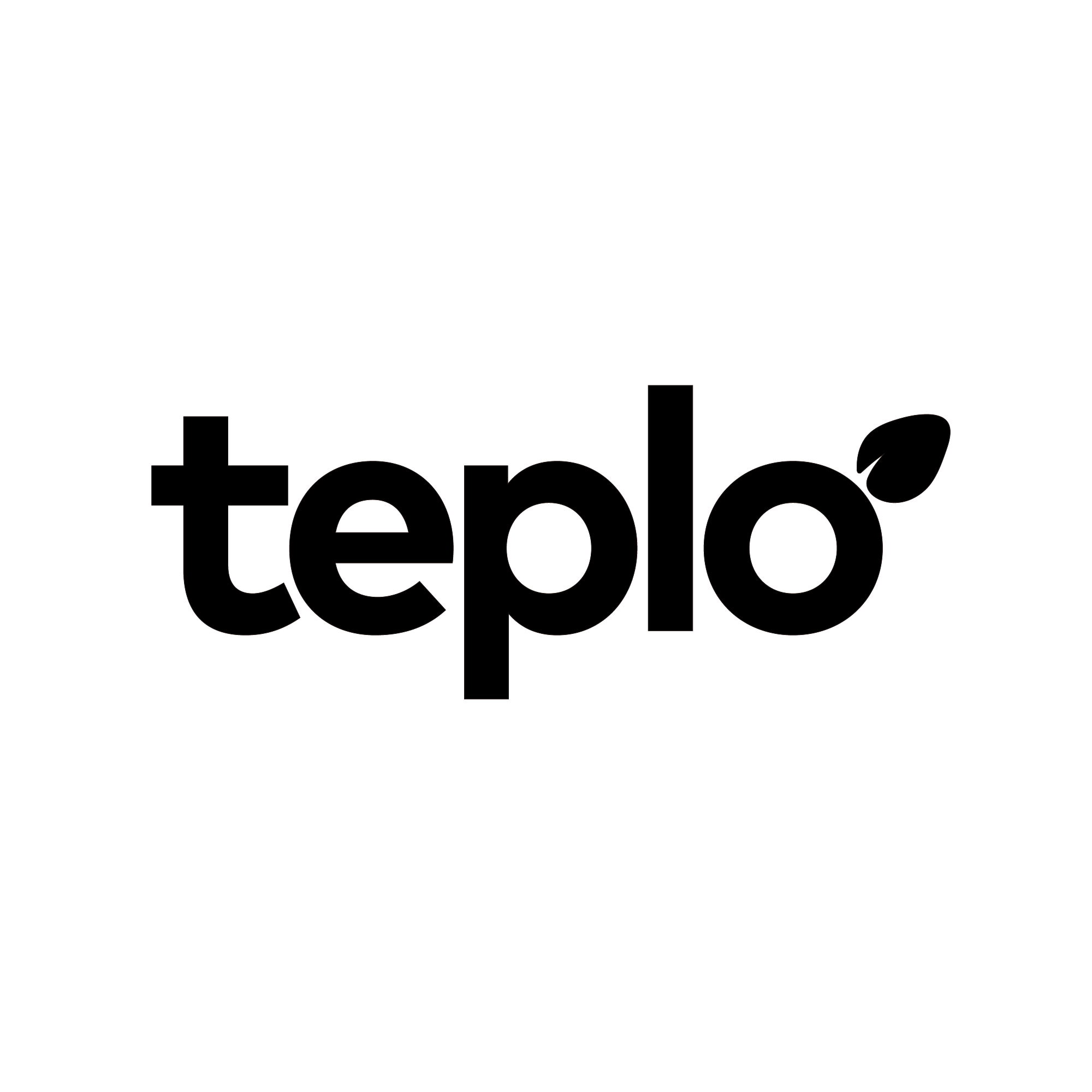What is the recommended amount of coffee and tea to drink in a day? Can drinking too much coffee or tea be harmful to your health?
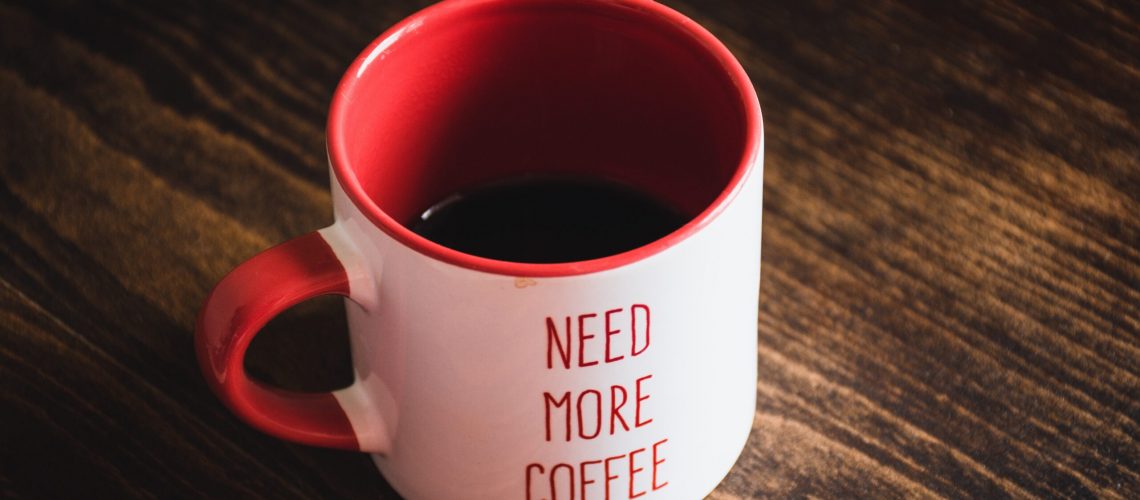
How much coffee or tea can you safely drink in a day? What happens if you drink too much?
In this article, we will explain from the perspective of caffeine.
Note: This article calculates the upper limit of daily caffeine intake, but individual sensitivity and tolerance to caffeine can vary greatly. The appropriate amount may also differ based on factors such as age and pregnancy. Therefore, please consider this information as a general guideline.
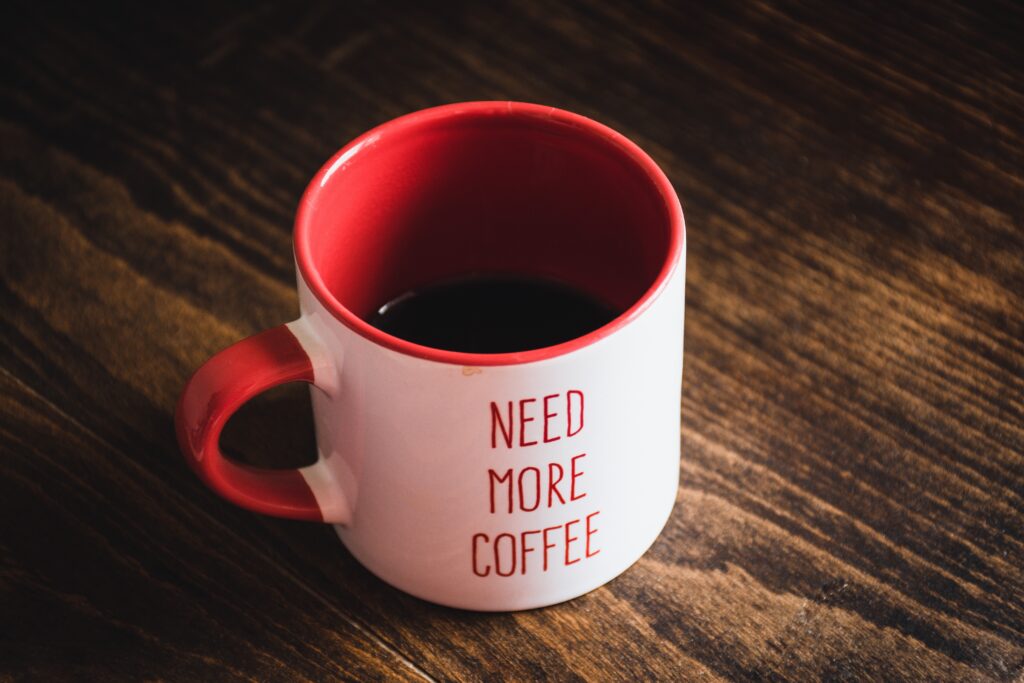
First, a Rough Estimate
To summarize, the general upper limit for daily coffee intake for a healthy adult is about 667 ml, while the upper limit for tea is about 2 liters. These values are derived from the following calculations:
Calculation Method
According to information from the Ministry of Health, Labour and Welfare, daily intake limits have not been established in Japan or internationally due to individual variability. However, guidelines provided by Health Canada suggest:
- A healthy adult should not exceed 400 mg of caffeine per day (equivalent to about 3 cups of coffee, each 237 ml).
We previously discussed the caffeine content of coffee and tea in this article.
When comparing the information from the previously introduced article with the caffeine guideline of 400 mg per day, the results are as follows:
Here’s a summary of the daily intake recommendations based on caffeine content for various beverages:
- Coffee: 100g of brewed coffee contains 0.06g of caffeine.
- Daily intake limit: 100g × 400 mg / 60 mg = 666.7g ≈ 666.7 ml.
- Gyokuro (a type of high-grade Japanese green tea): 100g of brewed gyokuro contains 0.16g of caffeine.
- Daily intake limit: 100g × 400 mg / 160 mg = 250g ≈ 250 ml.
- Sencha (a common Japanese green tea): 100g of brewed sencha contains 0.02g of caffeine.
- Daily intake limit: 100g × 400 mg / 20 mg = 2,000g ≈ 2,000 ml = 2 liters.
- Kamairicha (a type of Japanese green tea): 100g of brewed kamairicha contains 0.01g of caffeine.
- Daily intake limit: 100g × 400 mg / 10 mg = 4,000g ≈ 4,000 ml = 4 liters.
- Bancha (a type of Japanese green tea): 100g of brewed bancha contains 0.01g of caffeine.
- Daily intake limit: 100g × 400 mg / 10 mg = 4,000g ≈ 4,000 ml = 4 liters.
- Hojicha (a roasted Japanese green tea): 100g of brewed hojicha contains 0.02g of caffeine.
- Daily intake limit: 100g × 400 mg / 20 mg = 2,000g ≈ 2,000 ml = 2 liters.
- Oolong tea: 100g of brewed oolong tea contains 0.02g of caffeine.
- Daily intake limit: 100g × 400 mg / 20 mg = 2,000g ≈ 2,000 ml = 2 liters.
- Black tea: 100g of brewed black tea contains 0.03g of caffeine.
- Daily intake limit: 100g × 400 mg / 30 mg = 1,333g ≈ 1,333 ml ≈ 1.3 liters.
Is there significant individual variability in caffeine tolerance?
As noted by the Ministry of Health, Labour and Welfare, there is considerable individual variability in caffeine sensitivity and tolerance. Just as some people have a high tolerance for alcohol while others do not, sensitivity to caffeine also varies from person to person.
In fact, this individual variability in caffeine sensitivity is related to genetics. The relationship between caffeine sensitivity and genetics is discussed in the article linked, so if you’re interested in learning more, be sure to check it out.
What’s a good tea to drink if you want to reduce caffeine intake?
For those looking to lower their caffeine consumption, it’s recommended to choose teas that are either low in caffeine or caffeine-free.
One such option is rooibos tea. Classified as a herbal tea, rooibos is made from a legume plant native to South Africa.
While some caffeine-free teas might feel a bit lacking in flavor, rooibos tea offers a rich, full-bodied taste similar to black tea, which should satisfy even tea enthusiasts.
First, let me introduce the standard rooibos tea.
You can enjoy its vibrant reddish-brown color, distinctive rooibos aroma, moderate body, and subtle sweetness.
This product comes in single-serving packs, each containing a measured amount of tea leaves perfect for brewing in a standard teapot (300ml to 350ml). It’s ideal for those who want to try just a small amount. Each package contains three single-serving packs.

Next, here’s a somewhat unusual green rooibos.
This rooibos tea is made using a special method that doesn’t involve fermentation. The leaves are green, and the brewed tea is orange. It retains the distinct characteristics of rooibos tea while offering a smoother and gentler flavor compared to regular rooibos tea.
This product also comes in a convenient 1-serving pack, pre-measured for optimal use in a standard teapot (300ml to 350ml), with 3 packs included.

That concludes our overview of the recommended daily limits for coffee and tea consumption from the perspective of caffeine intake.
The terms decaf, non-caffeine, and caffeine-free can be a bit confusing, so I’ve compiled a summary in this article. If you’re interested, please take a look.
Reference:
- Ministry of Health, Labour and Welfare, Q&A on Excessive Caffeine Intake in Foods,
https://www.mhlw.go.jp/stf/seisakunitsuite/bunya/0000170477.html
teploのメールマガジンに登録
お茶に関する旬な情報や豆知識を漏れなく受け取りたい!そんな方は以下の登録フォームでメールアドレスをご登録ください。
teploから最新の情報をメールマガジンでお送りいたします。
(※1) プライバシーポリシーを必ずお読みいただき、ご同意の上、登録してください。
(※2) info@load-road.comおよびhello.japan@load-road.comからのメールが受信できるようにご設定ください。
